When manually bending wooden boards or steel for non-standard parts processing, the processed parts are generally small and medium-sized bent parts. In the production process, they are usually used for processing closed or semi closed boards or pipes that are difficult to form with a single small batch machine tool. When using a manual elbow device to heat an elbow, its working process mainly includes four steps: irrigation, underlining, heating, and bending.
The bending forming technology process for non-standard parts processing includes:
When manually bending the elbow, in order to prevent deformation of the pipe section, it is generally necessary to fill the blank with people for charging. Common fillers include quartz sand, rosin, low melting point alloys, etc. For larger diameter pipelines, sand is usually used. Before pouring sand, use a conical cork stopper to cold seal one end of the pipe. When the air in the non-standard parts processing tube expands due to heat, a vent is opened on the cork stopper to allow it to freely overflow. After filling the sand, the other end of the pipe blank was also blocked with cork.
The sand in the pipe should be clean and dry. Before use, it needs to be rinsed, dried, and sieved with water. Sand contains impurities and moisture, so when heated, the decomposition products of impurities can contaminate the pipeline wall. When moisture becomes gas, its volume expands, pressure increases, and even pushes away the end. The particle size of sand is generally below 2 millimeters. The particle size is too large, making it difficult to charge tightly, and bending the tube can easily cause cross-sectional distortion. If the particles are too small, the filling will be too dense, causing poor deformation during bending and even leading to pipe breakage.
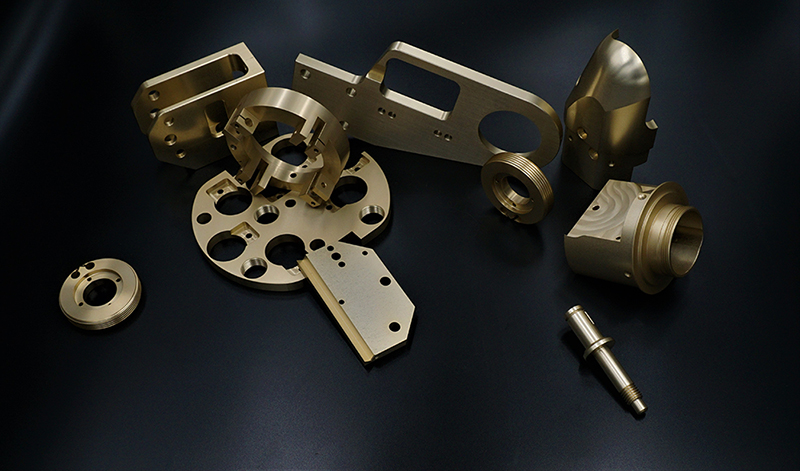
Non standard parts processing: The purpose of marking is to determine the length and position of the blank heated on the furnace. The heating length of the tube blank can be determined by first determining the midpoint position of the curved part based on the size of the pattern, measuring the length of the bending on both sides of the tube blank, and then determining it by adding the diameter of the tube blank.
The pipe blank can be heated after being filled with sand and marked with lines. Heating can be done using charcoal, coke, coal gas, or heavy oil as fuel. Coal is not suitable for heating pipe blanks in ordinary boilers. Because coal contains more sulfur, sulfur penetrates into the interior of phosphorus steel at high temperatures, resulting in a decrease in the quality of steel pipes. If limited by conditions, local heating can also be achieved using an oxygen acetylene gun. No matter which heating method is used, the heating should be slow and uniform. Improper heating can affect the quality of the bent pipe. The heating temperature depends on the properties of the steel, and the heating temperature for carbon steel is generally around 1050. After heating the pipe blank to this temperature, it should be kept warm for a period of time to ensure that the sand inside the pipe also reaches the same temperature, in order to prevent the pipe blank from cooling too quickly. The bending of the pipe should be completed once after heating as much as possible. Increasing the number of heating cycles will not only reduce the quality of the steel pipe, but also increase the thickness of the oxide layer, making the pipe wall thinner.
After the non-standard parts processing blank is heated on the furnace, it can be immediately taken out and bent. If the heating part of the pipe is too long, unnecessary heating parts can be cooled by watering, and then the pipe blank can be bent on the bending device. After the pipe is bent, if the bending radius of the pipe fitting does not meet the requirements and the bending curvature is slightly smaller, it can be cooled with water inside the bend to make the internal metal shrink. If the curvature of the bend is slightly larger, it can also be cooled with water on the outside of the bend to make the external metal shrink.


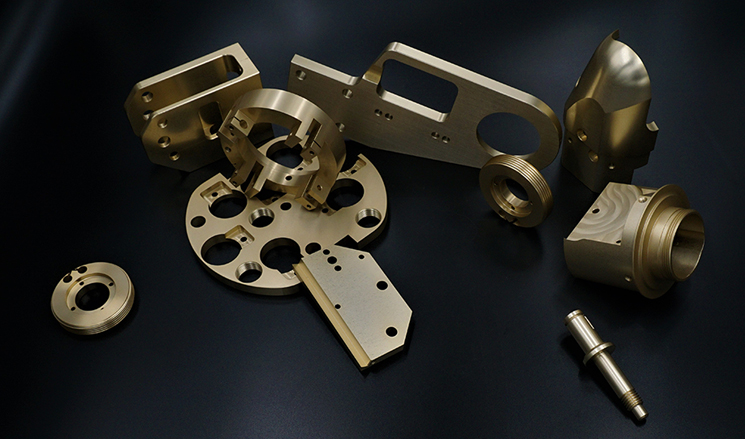
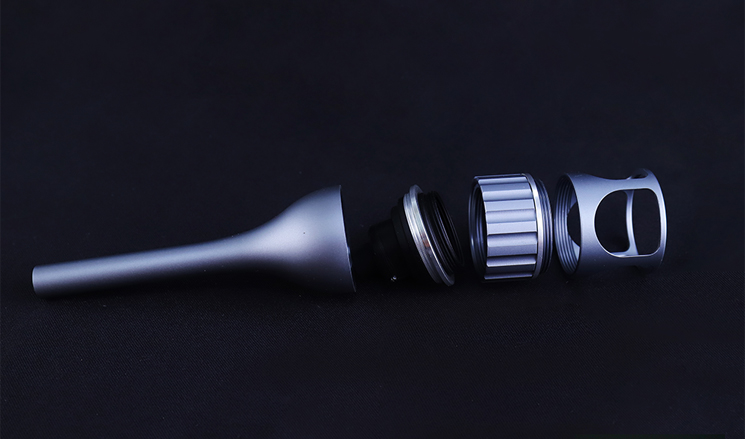
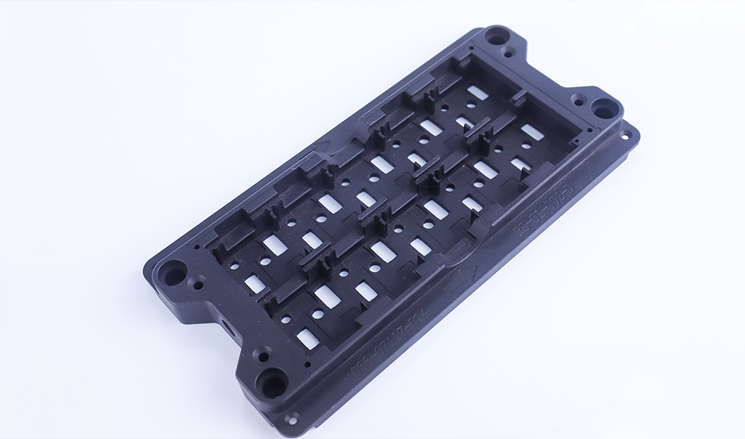
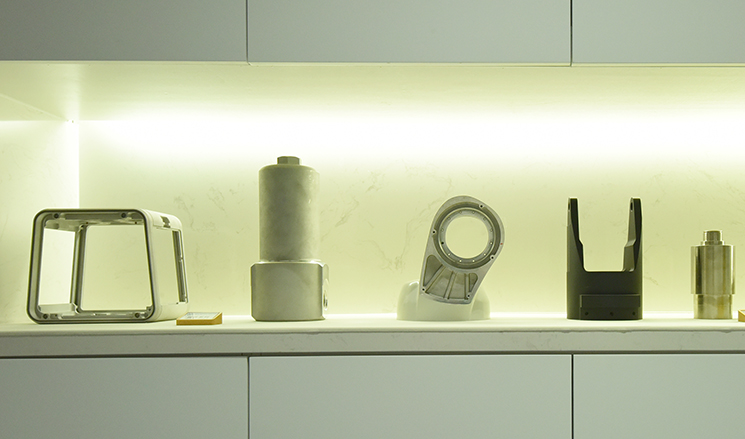
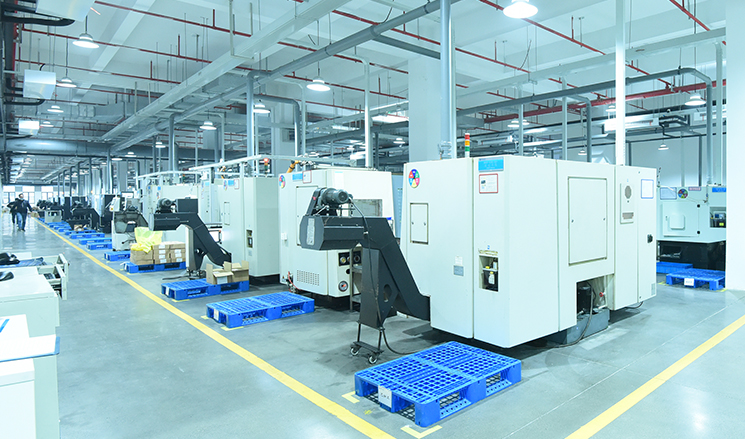
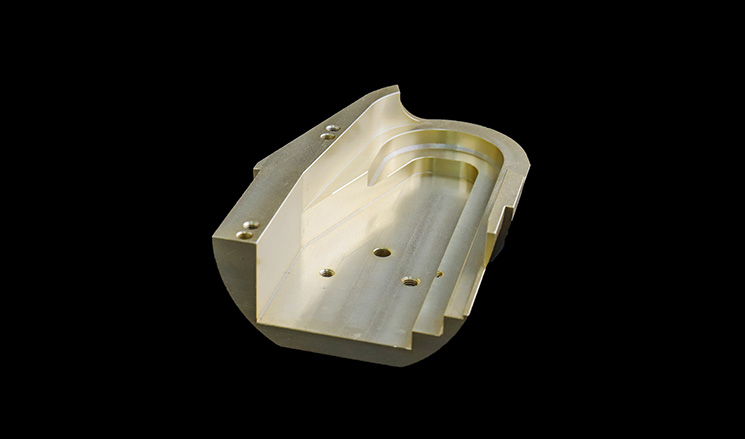
 Tel
Tel Wechat
Wechat